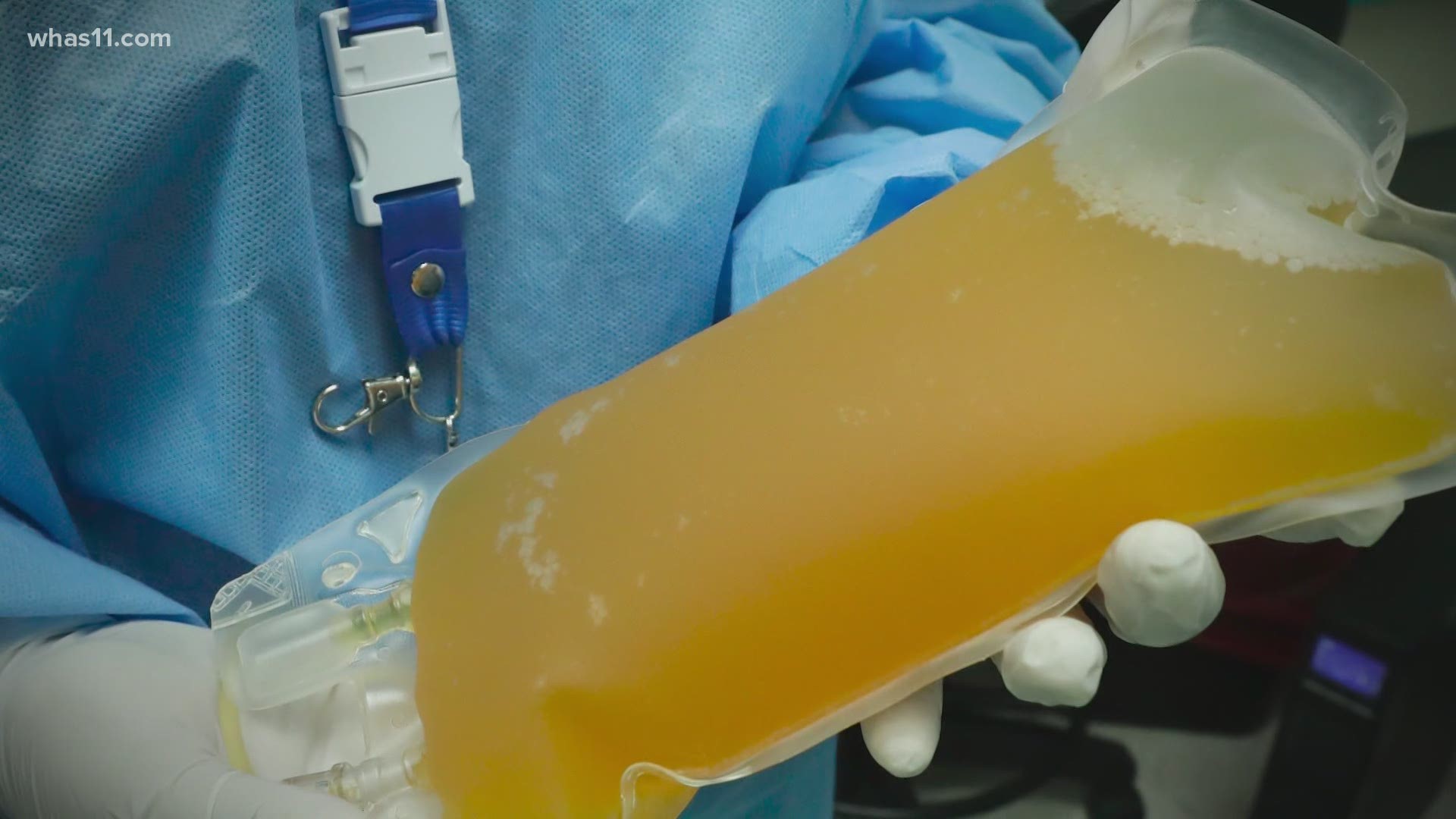This year there’s been a lot of talk of plasma -- specifically convalescent plasma used to treat people with COVID-19.
But, some people were wondering, how are regular plasma donations, called source plasma donations, doing?
According to an expert group, those are on the decline.
THE QUESTION
How are source plasma donations faring this year?
THE ANSWER
Those have been down. It is recommended that you visit www.donatingplasma.org if you're interested in donating.
WHAT WE FOUND
Amy Efantis, president and CEO of the Plasma Protein Therapeutics Association (PPTA), told the VERIFY team in a video interview that the number of regular plasma donations are down this year as compared to last.
She said that one of the silver linings of COVID-19 is that people have learned about the importance of plasma because of its use in treating the disease. “But what most people don't know is that there is a perpetual and ongoing need for what we call source plasma. And that's plasma that's used to make medicines to treat rare diseases.”
She says convalescent plasma, which is used to treat COVID-19, and source plasma are collected through the same process. Plasma is a component of human blood, according to a page on the PPTA website, and is separated from your red blood cells during collection so they can be returned to you.
Both Efantis and the above-linked PPTA page stress just how important plasma is to treating some diseases. A graphic on the website shows a patient with primary immunodeficiency disease needs 130 donations a year for treatment and a patient with hemophilia A needs 1,200 donations a year for their treatment.
Not only do patients who rely on plasma for treatments need a lot of it, it also takes time for the plasma to get to them. “From the time plasma is collected until the time it's turned into a therapy and it goes to a patient can take seven to 12 months,” Efantis said.
“So you can imagine in the patient community, the anxiety they're feeling, recognizing that there's been declines in plasma donation, and that there is this seven to 12 month lag. So there is a concern about the ability to meet patient clinical need.”
Once again, she said you can visit https://www.donatingplasma.org/ to find out more information about where to donate plasma, what the process is like, which people need plasma donations and more.
Something you’d like VERIFIED? Click here to submit your story

